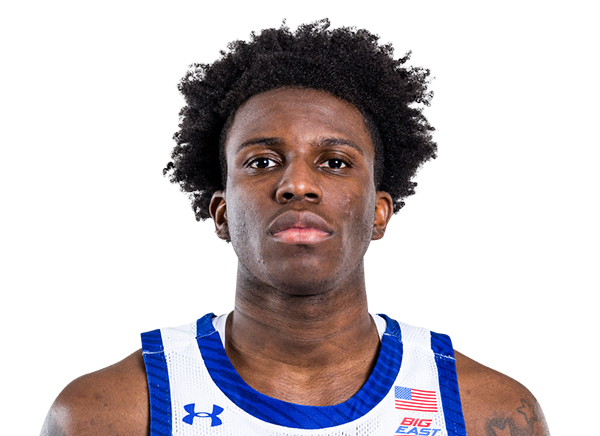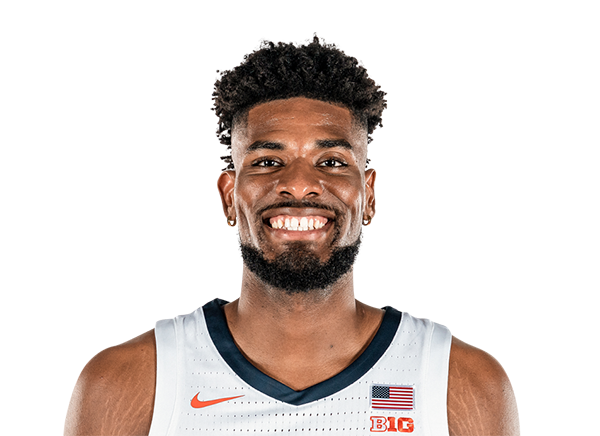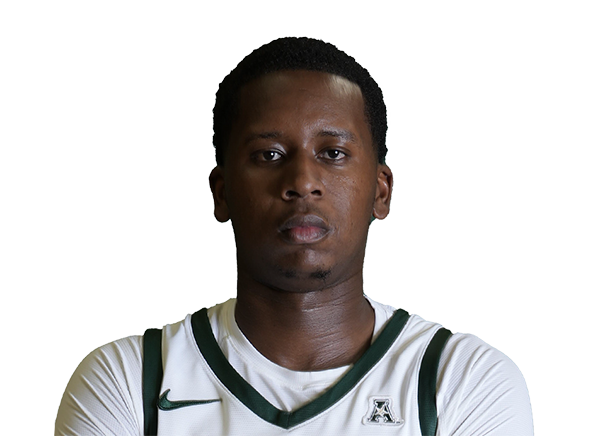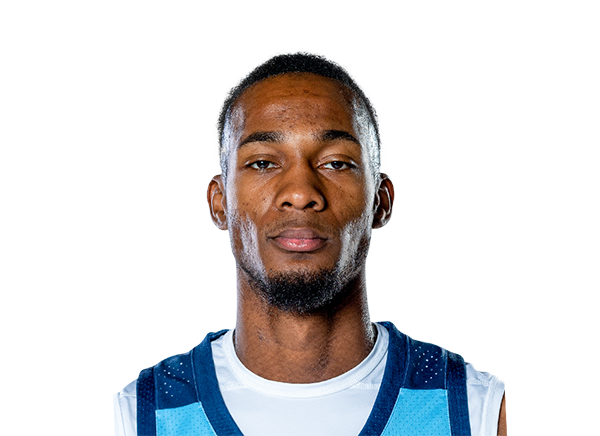SWC75
Bored Historian
- Joined
- Aug 26, 2011
- Messages
- 32,585
- Like
- 62,817
My monthly update. Be nice!

 www.espn.com
www.espn.com
Kadary is now playing 30+ minutes consistently. He broke out of a bad shooting slump and is scoring in double figures with good numbers across the board. Seton Hall is 14-7.
His per 40 minutes averages and net points for this year and last year:
2021-22: (21g 15gs 26.0m) 13.3p 5.9r 6.1a 2.9s 0.5b = 28.7+ 7.5mfg 0.8mft 3.7to 3.2pf = 15.2- = 13.5NP
2020-21: (28g 3gs 21.0m) 12.0p 5.0r 5.8a 3.1s 1.0b = 26.9+ 5.2mfg 1.2mft 3.0to 2.6pf = 12.0- = 14.9NP

 www.espn.com
www.espn.com
Quincy had a big game in a loss to Colorado and hit 3 of 5 threes in his last game but overall has shot poorly from outside. He continues to be a good rebounder. He hasn’t played as much or as well as he did at SU. Oregon is 15-7.
2021-22: (22g 22gs 25.9m) 14.0p 8.4r 1.2a 1.1s 0.5b = 25.2+ 6.7mfg 1.2mft 1.7to 4.0pf = 13.6- = 11.6NP
2020-21: (28g 28gs 32.9m) 16.6p 10.2r 1.0a 1.0s 1.4b = 30.2+ 6.5mfg 1.4mft 1.3to 3.4pf = 12.6- = 17.6NP

 www.espn.com
www.espn.com
Robert was red hot from three the last two games and has been scoring in double figures. His free throw shooting has been amazing (29 of 31 .935). Still, he doesn’t exactly fill up the rest of the stat sheet. His rebounds are down and assists up. They must be using him as a guard. Of course, the box score doesn’t measure defense, beyond steals and blocks. Charlotte is 13-9.
2021-22: (21g 10gs 21.9m) 16.8p 3.1r 1.0a 1.0s 0.9b = 22.8+ 5.0mfg 0.2mft 1.7to 3.2pf = 10.1- = 12.7NP
2020-21: (24g 0gs 12.1m) 12.4p 6.2r 0.4a 1.4s 1.0b = 21.4+ 4.4mfg 0.3mft 1.1to 4.1pf = 9.9 = 11.5NP

 www.espn.com
www.espn.com
Woody’s getting mostly single-digit minutes. He’s played exactly 10 minutes three times. He hasn’t scored in a month. His shooting has been terrible. Oklahoma State is 11-11.
2021-22: (12g 0gs 7.3m) 12.0p 5.1r 1.4a 1.8s 1.4b = 21.7+ 7.4mfg 1.4mft 1.1to 4.1pf = 14.0- = 7.7NP
2020-21 (11g 0gs 7.9m) 17.5p 9.2r 0.5a 1.4s 1.4b = 30.0+ 6.9mfg 1.4mft 1.8to 4.1pf = 14.2- = 15.8NP

 www.espn.com
www.espn.com
Jalen has been playing double figures in minutes but scoring in single fingers. He’s not filing up the stat sheet much, either. His assists are way down, so it doesn’t appear as if they are using him as a point guard. Rhode Island is 12-9.
2020-22: (37g 3gs 15.1m) 12.9p 6.2r 1.7a 1.0s 0.9s = 22.7+ 6.1mfg 1.2mft 4.5to 2.4pf = 14.2- = 8.5NP
2018-20: (27g 4gs 12.1m) 11.0p 5.5r 3.2a 2.1s 0.5b = 22.3+ 6.3mfg 2.2mft 5.4to 1.6pf = 15.5- = 6.8NP

 www.espn.com
www.espn.com
Brycen hasn’t scored more than 2 points in a game since November and has 2 assists on the season. He’s only played in one game in the last month. He is on a very strong team, (Providence, 20-2)
2020-22: (29g 0gs 8.2m) 9.7p 4.7r 1.7a 2.4s 0.8b = 19.3+ 6.2mfg 0.9mft 2.5to 4.7pf = 14.3- = 5.0NP
2019-20: (23g 0gs 8.7m) 8.8p 4.8r 3.2a 2.2s 0.4b = 19.4+ 7.0mfg 0.6mft 3.4to 3.4pf = 14.4- = 5.0NP
Weird, huh?

Kadary Richmond 2023-24 Stats per Game - NCAAM - ESPN
The 2023-24 NCAAM season stats per game for Kadary Richmond of the Seton Hall Pirates on ESPN. Includes full stats, per opponent, for regular and postseason.
Kadary is now playing 30+ minutes consistently. He broke out of a bad shooting slump and is scoring in double figures with good numbers across the board. Seton Hall is 14-7.
His per 40 minutes averages and net points for this year and last year:
2021-22: (21g 15gs 26.0m) 13.3p 5.9r 6.1a 2.9s 0.5b = 28.7+ 7.5mfg 0.8mft 3.7to 3.2pf = 15.2- = 13.5NP
2020-21: (28g 3gs 21.0m) 12.0p 5.0r 5.8a 3.1s 1.0b = 26.9+ 5.2mfg 1.2mft 3.0to 2.6pf = 12.0- = 14.9NP

Quincy Guerrier 2023-24 Stats per Game - NCAAM - ESPN
The 2023-24 NCAAM season stats per game for Quincy Guerrier of the Illinois Fighting Illini on ESPN. Includes full stats, per opponent, for regular and postseason.
Quincy had a big game in a loss to Colorado and hit 3 of 5 threes in his last game but overall has shot poorly from outside. He continues to be a good rebounder. He hasn’t played as much or as well as he did at SU. Oregon is 15-7.
2021-22: (22g 22gs 25.9m) 14.0p 8.4r 1.2a 1.1s 0.5b = 25.2+ 6.7mfg 1.2mft 1.7to 4.0pf = 13.6- = 11.6NP
2020-21: (28g 28gs 32.9m) 16.6p 10.2r 1.0a 1.0s 1.4b = 30.2+ 6.5mfg 1.4mft 1.3to 3.4pf = 12.6- = 17.6NP

Robert Braswell IV 2023-24 Stats per Game - NCAAM - ESPN
The 2023-24 NCAAM season stats per game for Robert Braswell IV of the Charlotte 49ers on ESPN. Includes full stats, per opponent, for regular and postseason.
Robert was red hot from three the last two games and has been scoring in double figures. His free throw shooting has been amazing (29 of 31 .935). Still, he doesn’t exactly fill up the rest of the stat sheet. His rebounds are down and assists up. They must be using him as a guard. Of course, the box score doesn’t measure defense, beyond steals and blocks. Charlotte is 13-9.
2021-22: (21g 10gs 21.9m) 16.8p 3.1r 1.0a 1.0s 0.9b = 22.8+ 5.0mfg 0.2mft 1.7to 3.2pf = 10.1- = 12.7NP
2020-21: (24g 0gs 12.1m) 12.4p 6.2r 0.4a 1.4s 1.0b = 21.4+ 4.4mfg 0.3mft 1.1to 4.1pf = 9.9 = 11.5NP

Woody Newton 2023-24 Stats per Game - NCAAM - ESPN
The 2023-24 NCAAM season stats per game for Woody Newton of the George Mason Patriots on ESPN. Includes full stats, per opponent, for regular and postseason.
Woody’s getting mostly single-digit minutes. He’s played exactly 10 minutes three times. He hasn’t scored in a month. His shooting has been terrible. Oklahoma State is 11-11.
2021-22: (12g 0gs 7.3m) 12.0p 5.1r 1.4a 1.8s 1.4b = 21.7+ 7.4mfg 1.4mft 1.1to 4.1pf = 14.0- = 7.7NP
2020-21 (11g 0gs 7.9m) 17.5p 9.2r 0.5a 1.4s 1.4b = 30.0+ 6.9mfg 1.4mft 1.8to 4.1pf = 14.2- = 15.8NP

Jalen Carey 2022-23 Stats per Game - NCAAM - ESPN
The 2022-23 NCAAM season stats per game for Jalen Carey of the Rhode Island Rams on ESPN. Includes full stats, per opponent, for regular and postseason.
Jalen has been playing double figures in minutes but scoring in single fingers. He’s not filing up the stat sheet much, either. His assists are way down, so it doesn’t appear as if they are using him as a point guard. Rhode Island is 12-9.
2020-22: (37g 3gs 15.1m) 12.9p 6.2r 1.7a 1.0s 0.9s = 22.7+ 6.1mfg 1.2mft 4.5to 2.4pf = 14.2- = 8.5NP
2018-20: (27g 4gs 12.1m) 11.0p 5.5r 3.2a 2.1s 0.5b = 22.3+ 6.3mfg 2.2mft 5.4to 1.6pf = 15.5- = 6.8NP

Brycen Goodine 2023-24 Stats per Game - NCAAM - ESPN
The 2023-24 NCAAM season stats per game for Brycen Goodine of the Fairfield Stags on ESPN. Includes full stats, per opponent, for regular and postseason.
Brycen hasn’t scored more than 2 points in a game since November and has 2 assists on the season. He’s only played in one game in the last month. He is on a very strong team, (Providence, 20-2)
2020-22: (29g 0gs 8.2m) 9.7p 4.7r 1.7a 2.4s 0.8b = 19.3+ 6.2mfg 0.9mft 2.5to 4.7pf = 14.3- = 5.0NP
2019-20: (23g 0gs 8.7m) 8.8p 4.8r 3.2a 2.2s 0.4b = 19.4+ 7.0mfg 0.6mft 3.4to 3.4pf = 14.4- = 5.0NP
Weird, huh?

